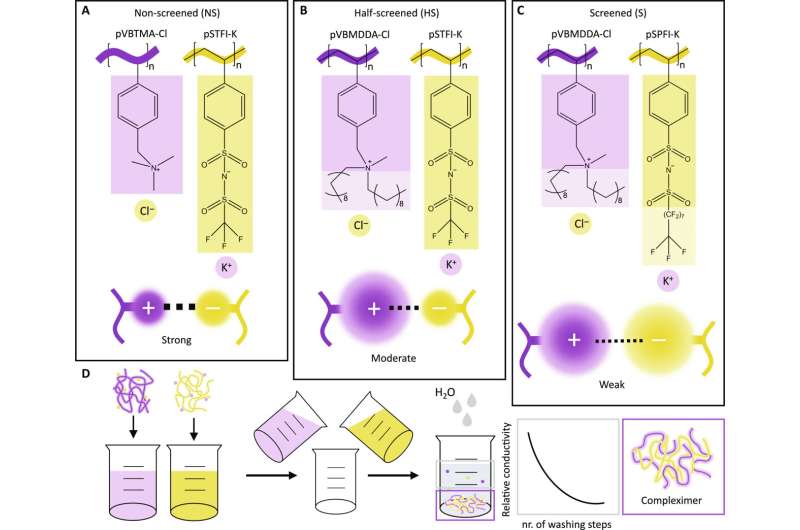
Creating a new, sustainable plastic using physics (21/01/2024)
For the past three years, Ph.D.
candidate Sophie van Lange has been dedicated to one clear goal: producing
plastic that is both hard and sustainable. The plastics we use today are either
recyclable or strong and hard—not both. Van Lange stepped away from traditional
chemical approaches to produce plastic and developed a completely new method to
create durable and reusable plastic in a completely new way. The trick?
Physical forces.
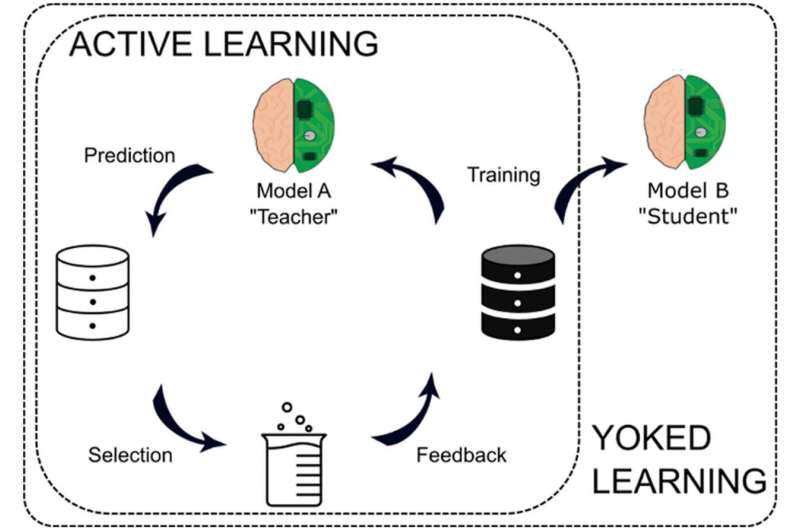
Machine learning models teach each other to identify molecular properties (21/01/2024)
Biomedical engineers at Duke
University have developed a new method to improve the effectiveness of machine
learning models. By pairing two machine learning models, one to gather data and
one to analyze it, researchers can circumvent limitations of the technology
without sacrificing accuracy.

Reaching the quantum ground state of sound in waveguides: Scientists move a step closer (21/01/2024)
A team of scientists at the Max
Planck Institute for the Science of Light led by Dr. Birgit Stiller has
succeeded in cooling traveling sound waves in waveguides considerably further
than has previously been possible using laser light. This achievement represents
a significant move towards the ultimate goal of reaching the quantum ground
state of sound in waveguides.
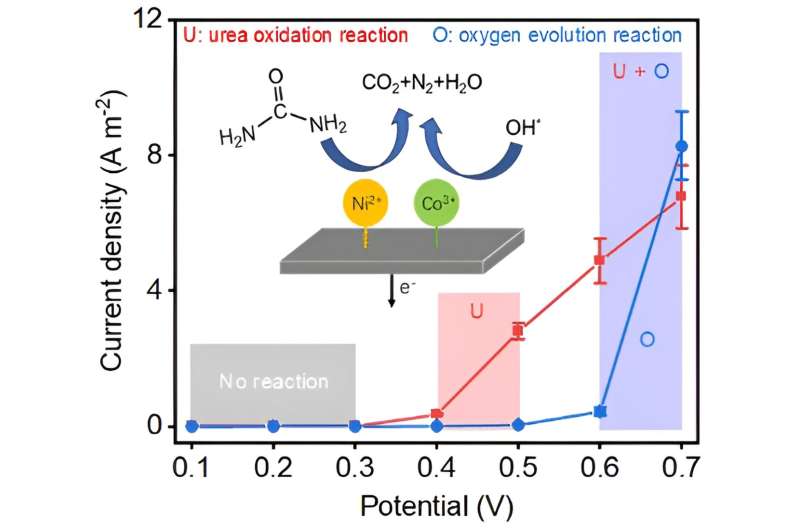
New material opens up possibility of converting water pollutants into hydrogen gas (20/01/2024)
WPI Researchers have developed a
material to remove urea from water and potentially convert it into hydrogen
gas. By building these materials of nickel and cobalt atoms with carefully
tailored electronic structures, the group has unlocked the potential to enable
these transition metal oxides and hydroxides to selectively oxidize urea in an
electrochemical reaction.
"Dirt-powered fuel cell" draws near-limitless energy from soil (16/01/2024)
A Northwestern University team has demonstrated a remarkable
new way to generate electricity, with a paperback-sized device that nestles in
soil and harvests power created as microbes break down dirt – for as long as
there's carbon in the soil.

In novel quantum computer design, qubits use magnets to selectively communicate (15/01/2024)
Researchers have begun to use
magnets to entangle qubits, the building blocks of quantum computers. This
simple technique could unlock complex capabilities.

Ultra-short laser flashes on demand: Controllable light pulse pairs from a single-fiber laser (15/01/2024)
In an innovative approach to
controlling ultrashort laser flashes, researchers from the Universities of
Bayreuth and Konstanz are using soliton physics and two pulse combs within a
single laser. The method has the potential to drastically speed up and simplify
laser applications.
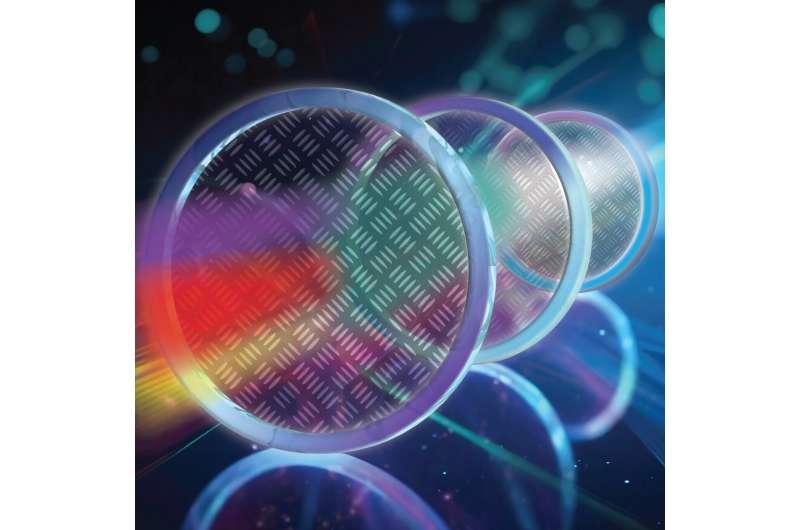
Researchers use spinning metasurfaces to craft compact thermal imaging system (15/01/2024)
Researchers have developed a
new technology that uses meta-optical devices to perform thermal imaging. The
approach provides richer information about imaged objects, which could broaden
the use of thermal imaging in fields such as autonomous navigation, security,
thermography, medical imaging and remote sensing.
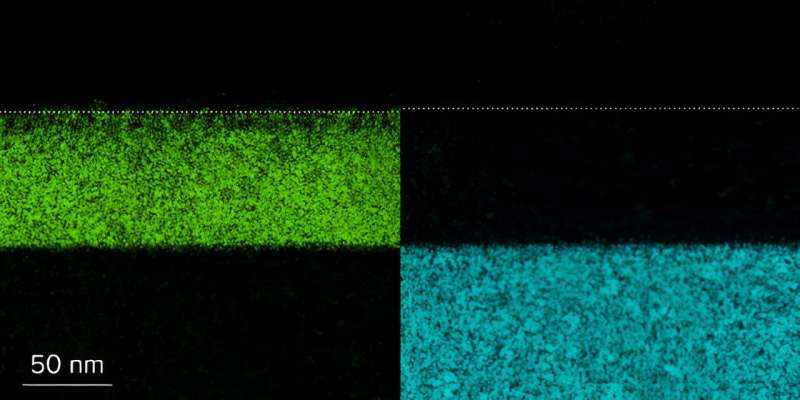
Thin film reveals origins of pre-superconducting phase (15/01/2024)
RIKEN physicists have found an
ideal platform for exploring the behavior of electrons in a material as it
approaches superconductivity. This could help to develop new superconductors
that operate at more convenient temperatures than existing ones. The study
is published in the journal Physical Review B.

Researchers demonstrate that quantum entanglement and topology are inextricably linked (12/01/2024)
For the first time,
researchers have demonstrated the remarkable ability to perturb pairs of
spatially separated yet interconnected quantum entangled particles without
altering their shared properties.









